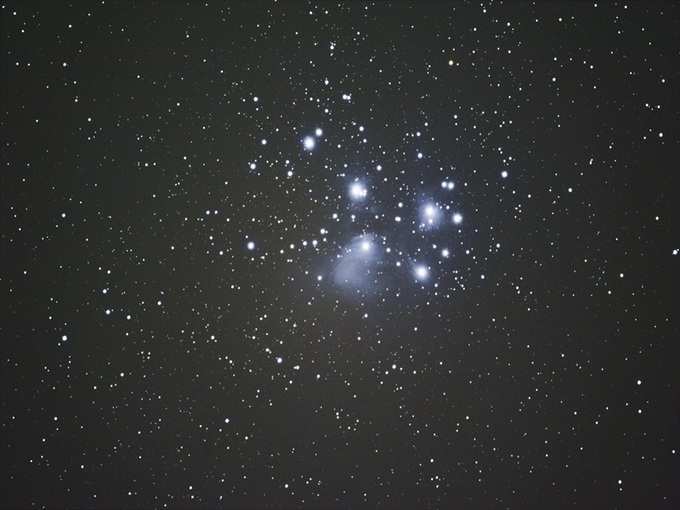
In deep space lies an abundance of atoms – carbon, oxygen and hydrogen – that will grow into new stars and new planets over millions of years.
Kevin France, chief investigator at the
CHESS is equipped with a spectrograph, which can parse out just how much of any given wavelength of light is present. The spectrograph soared above the
As ultraviolet light courses towards the Earth, it bumps into the interstellar atoms and molecules along the way. Incidentally, both the interstellar atoms and molecules can block certain wavelengths of light.
Researchers know which wavelength is blocked by what. So by measuring what light is missing, they can also map out the atoms and molecules that are present in space.
CHESS enables researchers to see whether they have ionised or neutral carbon or even carbon monoxide molecules.
Eventually, they get to know about how old the cloud is and learn how stars form from these clouds.
France reported that good data had been received by the spectrograph and the mission was a success.
Image: Thinkstock